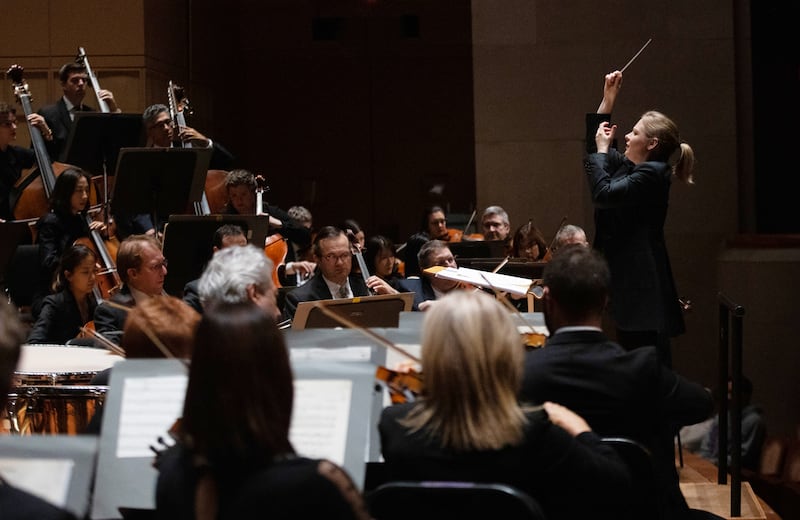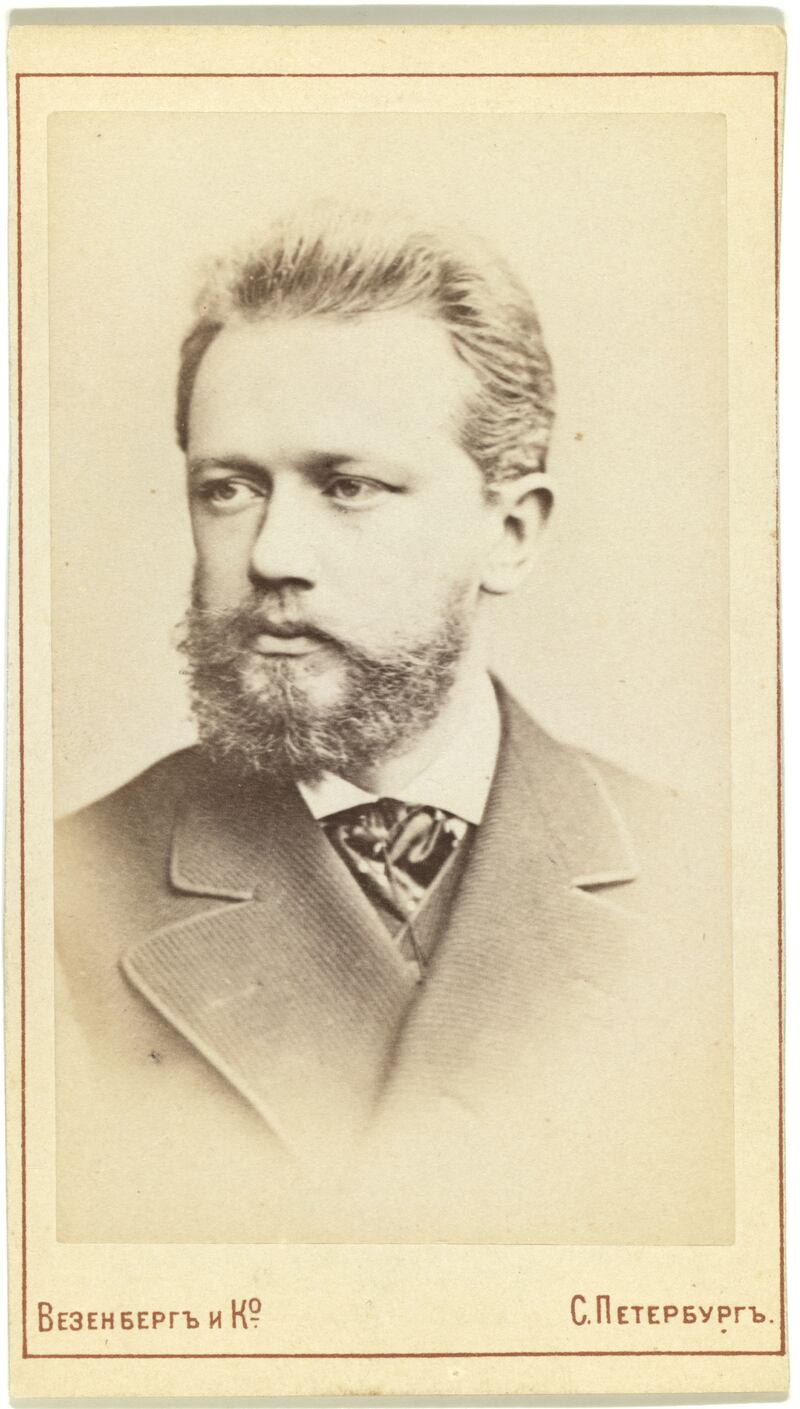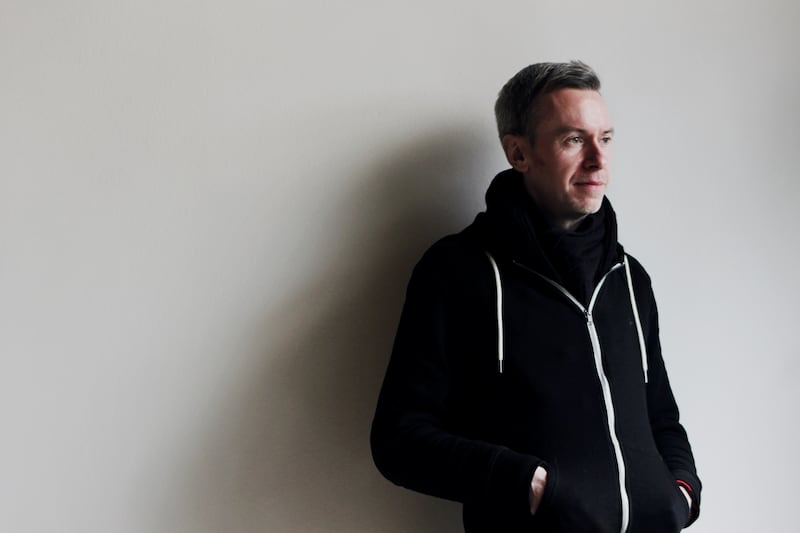Gemma New, who last year became the first woman principal conductor of the New Zealand Symphony Orchestra, did most of the things that talented musical children with successful careers in front of them do. She started violin at the age of five, started piano at seven, played in orchestras and sang in choirs. But there was a fork in her musical development that took her in an unusual direction at an unusually early age. She conducted for the first time at the age of 15.
“It was really fortunate that the school I was at had a big music programme,” she says. “So we had five different ensembles that you could play in. We wanted to thank our music teacher, who was leaving. So, instead of her conducting, we needed to give her a surprise performance. And, since I was concertmaster of the orchestra, they said, ‘Go on, Gemma, why don’t you conduct this one?’ That’s where I got my first opportunity.”
New, who is conducting our own National Symphony Orchestra in Dublin this week, immediately knew it was an opportunity she wanted to build on. “We did the performance, and I said to my best friend, ‘This is what I want to do.’ I kind of felt immediately that it was the right way for me personally to express a musical voice that I really wanted to share.”
She was talented enough to be leading youth orchestras, but the demands of solo playing, including nerves, were a mountain she didn’t want to climb. “So when I was able to get over the nerves by turning my back to the audience, just for a moment, and seeing all my friends, all my peers there, and it wasn’t about me, it was about us playing together … that took a lot of the stress off. I felt a lot more relaxed, better able to focus.”
READ MORE
She describes her young self as “quite a nerd”, who was big into maths and science. “So looking at the score, taking in everyone’s part, the structure, and all of those details that are in the music, I loved studying that. I could immediately say, okay, this is a good fit for me. Being able to work as a team, and just bringing things together. It’s a very positive journey that we take every week. I like that.”
New went to all the rehearsals she could, opera as well as orchestral, and soaked in everything she witnessed. She got her first job at the age of 19, with Christchurch Youth Orchestra, after her family had moved from Wellington.
After a number of assistant posts (including a season as a Dudamel conducting fellow with the Los Angeles Philharmonic), she landed her first music directorship with Hamilton Philharmonic Orchestra, in Canada, in 2015, at the age of 28. She went on to have posts with St Louis Symphony Orchestra and its youth orchestra, and Dallas Symphony Orchestra, where she is still principal guest conductor.

What an audience sees a conductor do on the night of a concert is just the tip of the iceberg, she says. She even puts a figure on it. “I always feel that 90 per cent of the work is the preparation before the first rehearsal. Where you’re studying every angle of the music. Looking at the big picture, why was it written and what’s its story, what’s its message that we’re trying to convey.
“And then you go into the microdetail, where you’re saying, okay, every note has a beginning, a middle and an end; there’s an energy shape of every phrase, and an individual character. Who are we serving or who has the melody, how best to give them space to express. How best to unify a certain shape of a phrase.”
These details sound as finicky as camera angles, shadows or posture in films. But they’re a vital part of a package that will affect the tingle factor of a performance, the depth of feeling, the freshness, the energy it will communicate, as well as how it hangs together.
Her approach is always team-based. “When you go into a new orchestra you don’t know who you might meet and what experience they have had with the piece, or how we’ll manage to work together. We’re always trying to uplift everyone and provide a supportive environment where people can express their best. It’s about being open to many ideas but also giving a foundation in that first rehearsal of trust that you’re there for them.”
She rejects the cliche that orchestras size up conductors very quickly, in the time it takes to walk to the podium at the first rehearsal. I’ve heard conductors propose the idea in reverse. “That sounds rather confrontational,” she says. “I would like to think of it as meeting a new friend or a colleague that you really want to work well with. So we’re putting our best foot forward in that first rehearsal. It’s a lot of expressing and also listening. Very much a two-way street.”

New prefers long-term orchestral relationships to one-night stands. “The first time you meet it’s very exciting, it’s wonderful. Then, when you start to know each other on a deeper level, we’re often not communicating with words but with something a bit deeper than that, almost telepathy. It’s very sensitive. It’s a beautiful expression of what we can do when we support each other. We create something beautiful that’s larger than ourselves. When we’re in harmony, as a society or as an orchestra, we can really create something powerful and beautiful.”
She knows she’s talking of an ideal. “Maybe I’m a bit of a dreamer and an optimist,” she says. “It’s my responsibility as a conductor to provide an environment for the musicians to be uplifted and free. We all have our responsibility to make music. When we value each other’s work that’s the most important philosophy to have.”
The security she talks about is not intended either as micromanagement or as a rejection of risk. “Why we have rehearsals is so that we can bring things together. Even then we need to be free in the moment. It’s more getting to know each other so much that we can be improvisatory in the concert and sense that energy from the audience – which is absent in rehearsals – the feeling of putting yourself forward and taking risks in the concert, and being fresh in that character, in that story that the music’s giving. That’s when you get the most exciting experiences as an orchestra. For everyone.”
[ Finding a Voice festival: An Irish celebration of a multitude of women composersOpens in new window ]
The New Zealand Symphony is based in Wellington, where she grew up. “So many of the players were my mentors,” she says. “They took violin sectionals when I was a young violinist in the national youth orchestra. And then I watched many of their concerts, standing up as an usher at the back of the hall, by the door. It’s rather a dream come true to be able to work with such amazing colleagues that I’ve admired for such a long time.
“When I first went to work with them, I had no idea what it would feel like. Because I thought it must be different, this idea of working with people who’ve known you since you were only up to their waist. It’s a beautiful relationship, because we’ve had those years together as human beings.” She points to the collegial nature of orchestras, and says that what happens offstage has an important influence on what happens onstage. “It takes a village to make a concert happen.”

Before I even ask her about it, she enthuses about her Dublin programme, drawing connections between the opening movement of Tchaikovsky’s Fourth Symphony with our lived experience of “having to deal with forces that are outside our control,” and the second movement to the loneliness that so many people had to endure during the pandemic, suggesting it “might help us through grief that we’ve experienced and help us find a way out of it”.
Her concert opens with Freefalling, by the Northern Irish composer Ed Bennett. “I think this piece is incredible. It’s overwhelming. What I would say is it goes so well with the Tchaikovsky and Beethoven’s Emperor Concerto. The rhythmic drive is contagious in this entire programme. Tchaikovsky’s fate motif starts on one pitch that has a rhythmic drive to it. And the Beethoven has timpani that’s riling us up. We have then Ed Bennett, which is incredible pulsations and amazing walls of sound that has a darkness but also a glistening beauty that is quite satisfying. I love the piece.”
Gemma New conducts the National Symphony Orchestra, with Eoin Fleming as soloist in the Emperor Concerto, at the National Concert Hall, Dublin 2, on Friday, March 24th


















